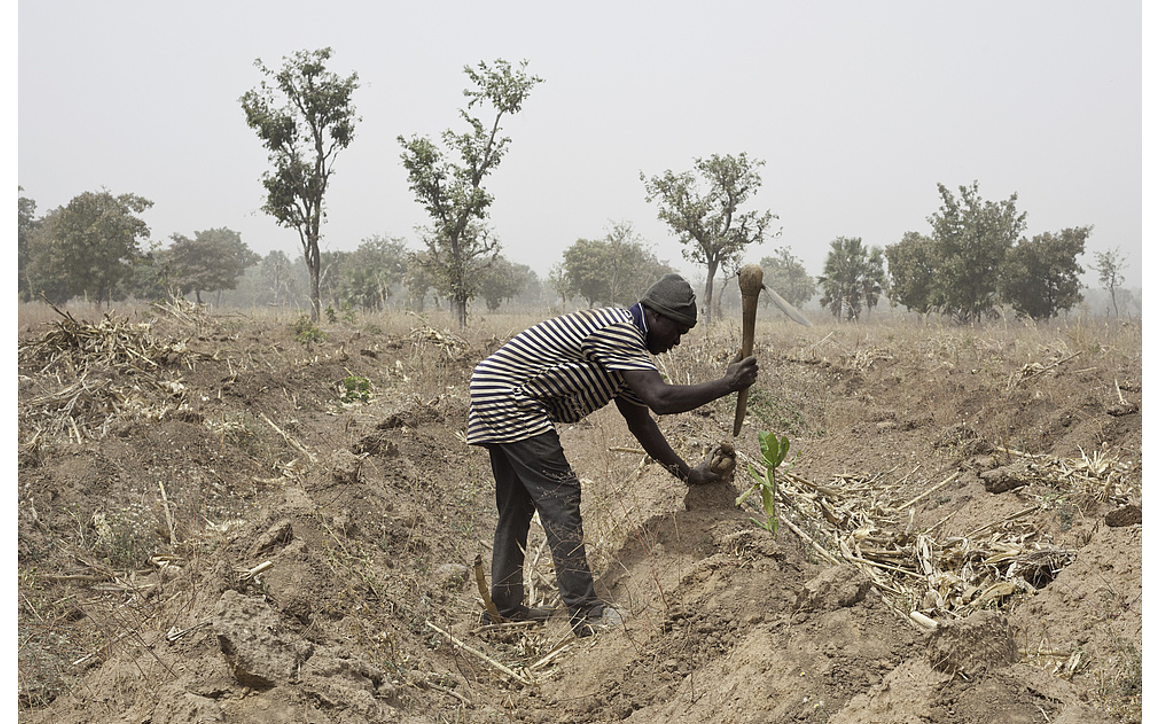Ensuring sustainable growth and development in the agricultural sector remains quintessential to the global economy, as it plays a pivotal role in raising the incomes of the poorest communities and in driving economic growth.
In fact, per the ITC Agri-food Export and Climate Change Report 2024, trade in agricultural goods contributes substantially to the export performance of developing countries and generates significant employment opportunities.
However, agriculture is both a major emitter of greenhouses gases (GHGs) and a driver for land-use change while also sensitive to the impact of climate change.
The Climate Impact of Agriculture
Agriculture activities emit several GHGs, carbon dioxide (CO2), nitrogen dioxide, and methane.
According to FAO Greenhouse Gas Emissions from Agri-food System Report 2022, agri-food sector emissions contributed 31% of emissions across all sectors in 2020.
The most important contributors to global agri-food systems emissions were C02 from deforestation and methane from livestock, which together represented almost 40% of total emissions from the agri-food sector.

Trade-Related Climate Measures in Agriculture
- Emission trading systems
Emission trading systems (ETS) is a system where emitters can trade emission to meet their emissions target.
Polluters who would find it costly to reduce their emission are allowed to buy emission allowances from polluters that can abate at lower costs.
There are two main types of trading systems: “Cap-and-trade systems” and “baseline-and-credit systems”. In a cap-and-trade system, an upper limit on emissions is fixed, and emission permits are either auctioned out or distributed for free according specific criteria.
Under a baseline-and-credit system, there is no fixed limit on emissions, but polluters that reduce their emissions more than they otherwise are obliged to can earn ‘credits’ that they sell to others who need them in order to comply with regulations they are subject to.
Agriculture is not included in most ETS. There are concerns about how complicated it could be to expand ETS to include agriculture and how to deal with carbon removals in the sector.
The complexity arises from the diverse and diffuse nature of agriculture emissions. Additionally, addressing carbon removals through practices such as soil carbon sequestration and reforestation presents challenges in verification and permanence, complicating their inclusion in the trading system. However, there are plans to include the sector in the New Zealand ETS in 2025.
- Border carbon adjustments
Border carbon adjustments (BCAs), border tax adjustments (BTAs), and carbon border adjustment mechanisms (CBAMs) all refer to this notion of imposing a duty on imports based on the amount of carbon emissions resulting from the production of the item in question.
A border carbon adjustment mechanism can economically disadvantage exporters of carbon-intensive products. Additionally, its implementation presents practical challenges, including accurately measuring the carbon footprint of traded goods, determining appropriate country and sector coverage, and managing the complexities of supply chains.
Example is the EU’s carbon border adjustment mechanism (CBAM). Starting 2026, high carbon-generating companies importing goods to the EU will have to pay a carbon border tax, estimated at €75 per ton of C02 emissions.
- Carbon Tax
A carbon tax directly sets a price on carbon by defining a tax rate on greenhouse gas emissions. Each year, emitters are to pay for very ton of GHG emissions they discharge into the atmosphere.
Agriculture, forestry and other land use is estimated to account for 22% of global GHG emissions in 2019, being the third largest emitting sector after industry, electricity and heat production.
While the agricultural sector has so far been largely exempted from emissions mitigation policies such as carbon taxes and emissions trading schemes across the world, some countries are contemplating including agricultural activities in comprehensive climate packages.
Applying a carbon tax to agricultural activities would raise the cost of fertilizer, rendering marginal land cultivation unprofitable.
- Removing agricultural subsidies
The introduction of policies to decarbonize supply chains will eventually pressure governments to reduce financial support for intensive farming systems.
According to ITC, eliminating agriculture related subsidies would reduce 11.3 million tons of C02 equivalent globally by 2030.
However, the loss of agricultural subsidies would have a negative impact on producers. It would decrease crop production, livestock farming production and farm employment. It would also affect consumers due to lower output and higher prices.
[Featured Photo Credit: EqualStock | Pexels]
====
The writer:








